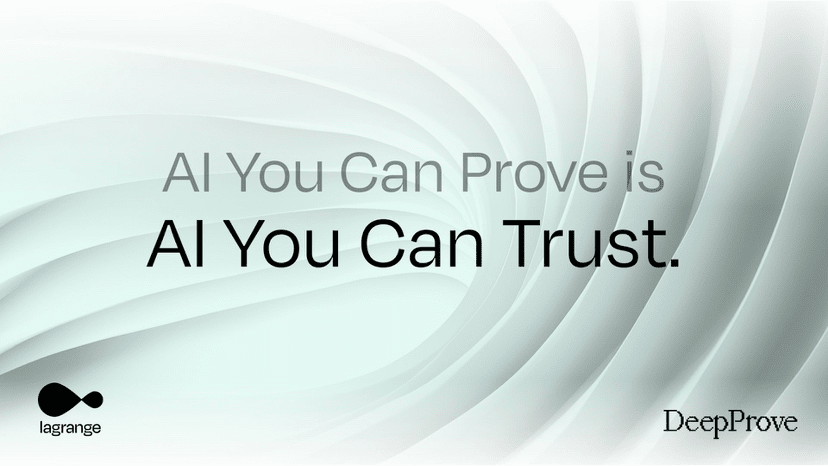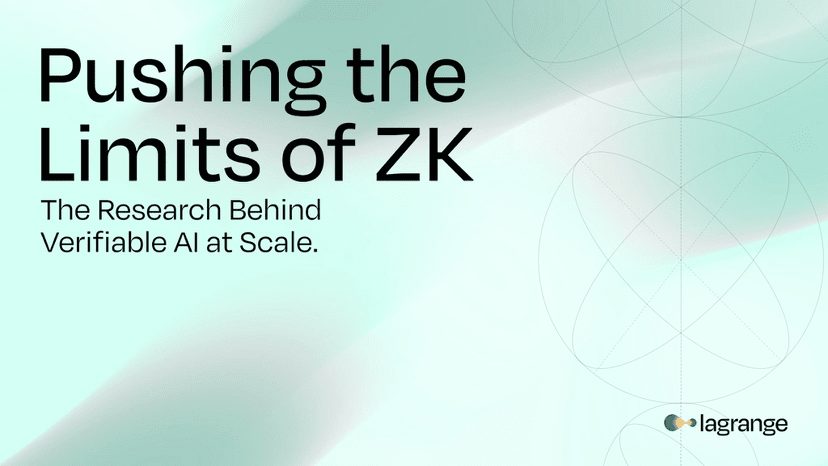Building infrastructure, technical competence is just the first half; the second half is 'how to operate it'. The core of Lagrange's business and token model can be summed up in one phrase: 'Proof demand = Token demand'. The more proofs are made, the more the network is used, the more $LA usage and settlement occur; this is not a slogan, but a design principle repeatedly emphasized in the white paper and public materials from the foundation.
First, look at the network's 'supply side'. Lagrange has already run the ZK Prover Network on top of EigenLayer, with numerous institutional-level nodes providing computing power and verification, ensuring 'on-time delivery' through activity commitments and penalties. This means that the process of proof is not about individual heroism, but rather a coordinated, measurable, and SLA-able network service. Your contract or protocol sends tasks, the network takes orders, produces proofs, and settles on-chain.
Now looking at the 'demand side'. ZK co-processors (SQL proofs, ZKMR, large-scale state aggregation), State Committees (cross-chain light clients), and DeepProve (verifiable AI) essentially create a 'continuous demand for proofs'. When cross-chain bridges, settlement engines, risk control logic, and even AI reasoning all need to 'speak with proofs', the proof network will have stable orders, and tokens will have stable use cases.
Under such premises, LA's positioning is logical: a trinity of payment/settlement, staking/security, and governance/parameters. The white paper is very specific—LA is used to settle with provers, subsidize proof costs; for staking to support network security, determining scheduling and production quotas for 'Supernets'; and also for governing network parameters and upgrade pathways. Everything revolves around the matter of 'proof', and the value loop is very clear.
How to 'tighten' both supply and demand sides? The white paper provides fiscal mechanisms for supply/demand: a total of 1 billion, with a maximum annual increase of 4%, used to subsidize provers and reduce customer marginal costs; by staking/delegating, directing the increase to Supernets that produce real output (providing proofs); errors or defaults can be punished, raising the cost of 'malfeasance/inaction'. This mechanism ties 'sustainable supply' to 'real usage', rather than 'spending money for a bunch of short-term TVL'.
There are also two very practical signals for operators: first, the foundation and official website disclose that the network is currently maintained by over 85 institutional-level operators managing multiple prover nodes (based on EigenLayer deployment), capable of handling large-scale tasks; second, the official blog has listed the first batch of operators and partners (including Coinbase, OKX, Kraken's Staked, etc.), which adds to 'production-level reliability'. For businesses like yours that are about to go live with 'real money', this is more important than slogans.
From a developer's perspective, the most direct benefit brought by LA is transforming 'data/computation script output' from a sunk cost within the team into a network-level tradable asset: you turn SQL/MapReduce/feature engineering into 'provable manuscripts', and others can call it for LA settlement; as a 'consumer', when you use others' assets, you can also clearly account based on a unified interface and fee model. This essentially adds a 'meter' to engineering output, settling based on usage instead of mere claims.
However, tokens are not a magic wand. How far a network can go still depends on two points: whether there are enough 'essential' use cases (cross-chain read/write, settlement, risk control, zkML), and whether there is stable supply (operators, developers, and reasonable subsidies/penalties). Lagrange's route is to standardize and marketize 'verifiable computing', and then link costs—incentives—governance with LA. If we compare the industry to a highway, LA is more like tolls and traffic lights: it ensures that the flow of traffic (demand) is smooth and maintains order.
Here’s a pragmatic suggestion: when evaluating such infrastructure, don’t get caught up in fancy terminology. Focus on three things: order volume (number of proofs/integrators), delivery rate (activity and latency), and settlement amount (actual payments/profits from LA). If these metrics steadily increase, it indicates that it has indeed turned 'verifiable computing' into a business, rather than just remaining in narrative.
In summary: The value of LA lies not in emotions, but in the ability to find corresponding settlements for every proof. When 'proof demand = token demand' becomes a reality, tokens truly step out of the technical narrative and land on the ledger.
@Lagrange Official #lagrange $LA
